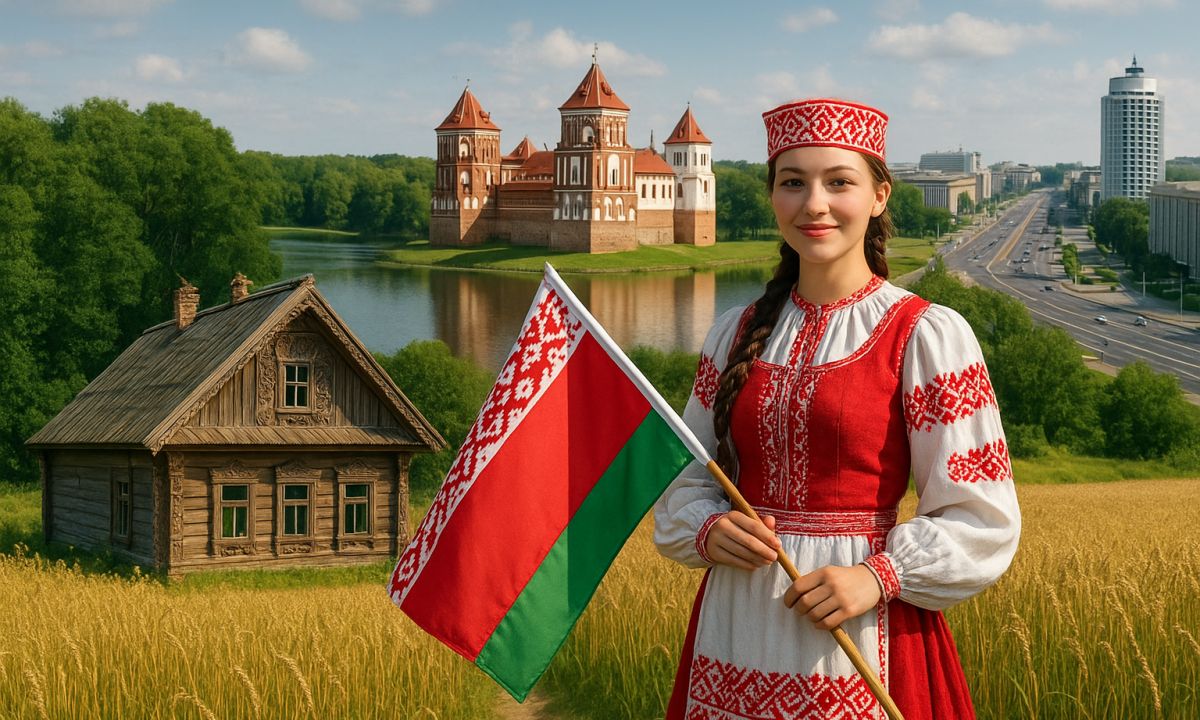
Belarus from a geopolitical perspective
It was 2020, the first summer of Covid. For several months, people around the world had been ordered to maintain “social distancing”, wear masks, and avoid all kinds of gatherings — even outdoors. Not so in Belarus, where the government decided that, when weighing lockdowns to protect health against keeping the economy going, the latter was more important. There were no lockdowns in Belarus.
Then, on August 9, 2020, after a controversial election, many Belarusians took to the streets. Aleksandr Lukashenko, the incumbent president, had officially received more than 80 percent of the vote. The Belarusian opposition accused the government of electoral fraud. The EU and the US quickly backed the protesters — in the name of freedom and democracy, of course. While people in Europe and America were being urged to stay at home, European governments and the US encouraged the people of Belarus to go out. Geopolitical considerations and the desire to remove Belarus from Russia's sphere of influence outweighed pandemic concerns. For a few intense days, Belarus seemed on the verge of becoming the next Ukraine, where in February 2014, with massive Western interference, people in Independence Square had overthrown the allegedly pro-Russian President Viktor Yanukovych.
The protests in Belarus lasted for weeks and led to the largest demonstrations in the country's history. People dreamed of overthrowing Lukashenko, who had been in power since 1994.
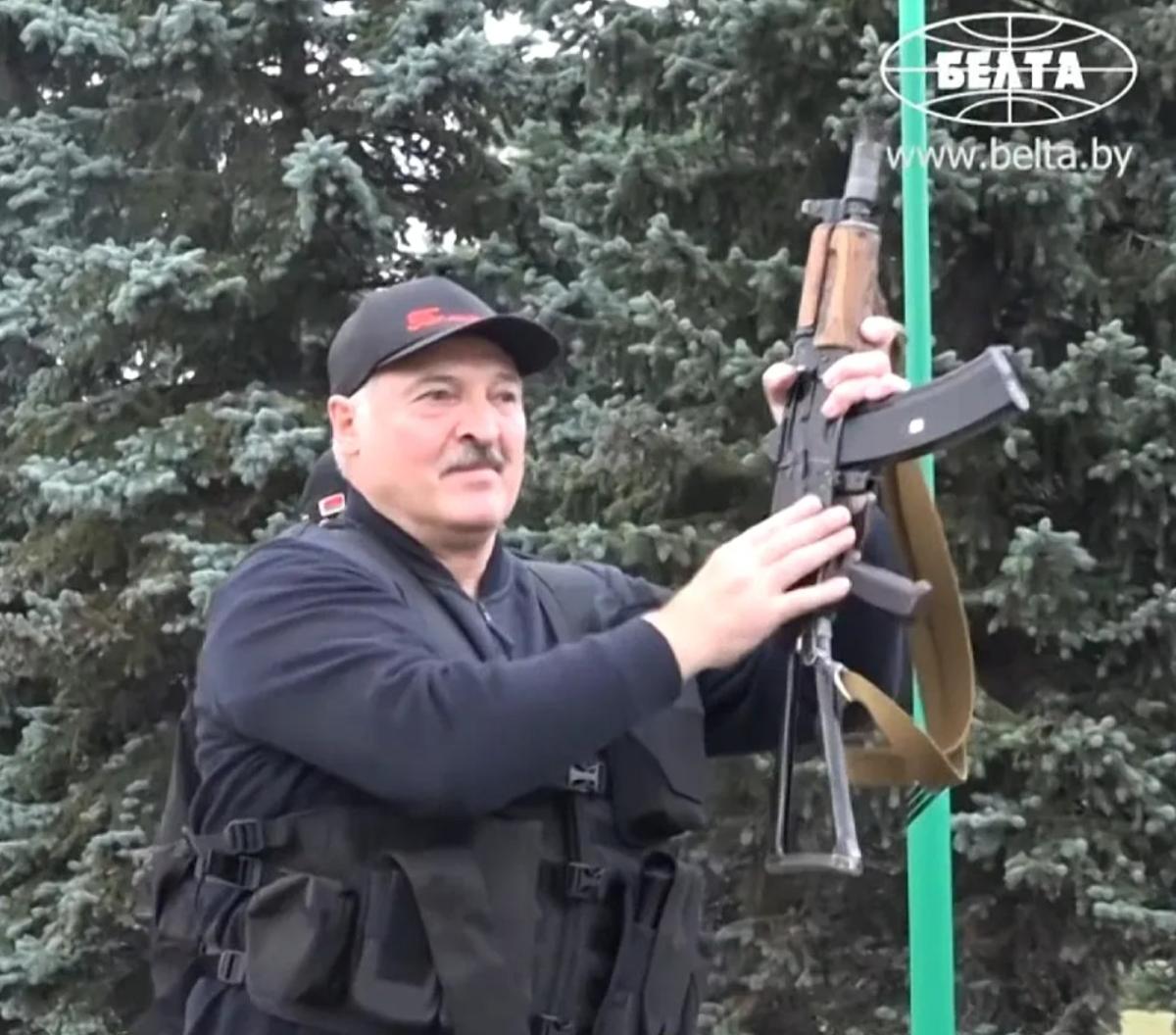
But the president did not back down. The protests were crushed with a heavy hand, leading to mass arrests. Tens of thousands left the country, including the new and unexpected opposition leader Sviatlana Tsikhanouskaya. A former language teacher and later a full-time mother with no political experience, she had taken over the role of her husband Sergei Tsikhanouski, who had become popular through his video blog and had been imprisoned before the elections.
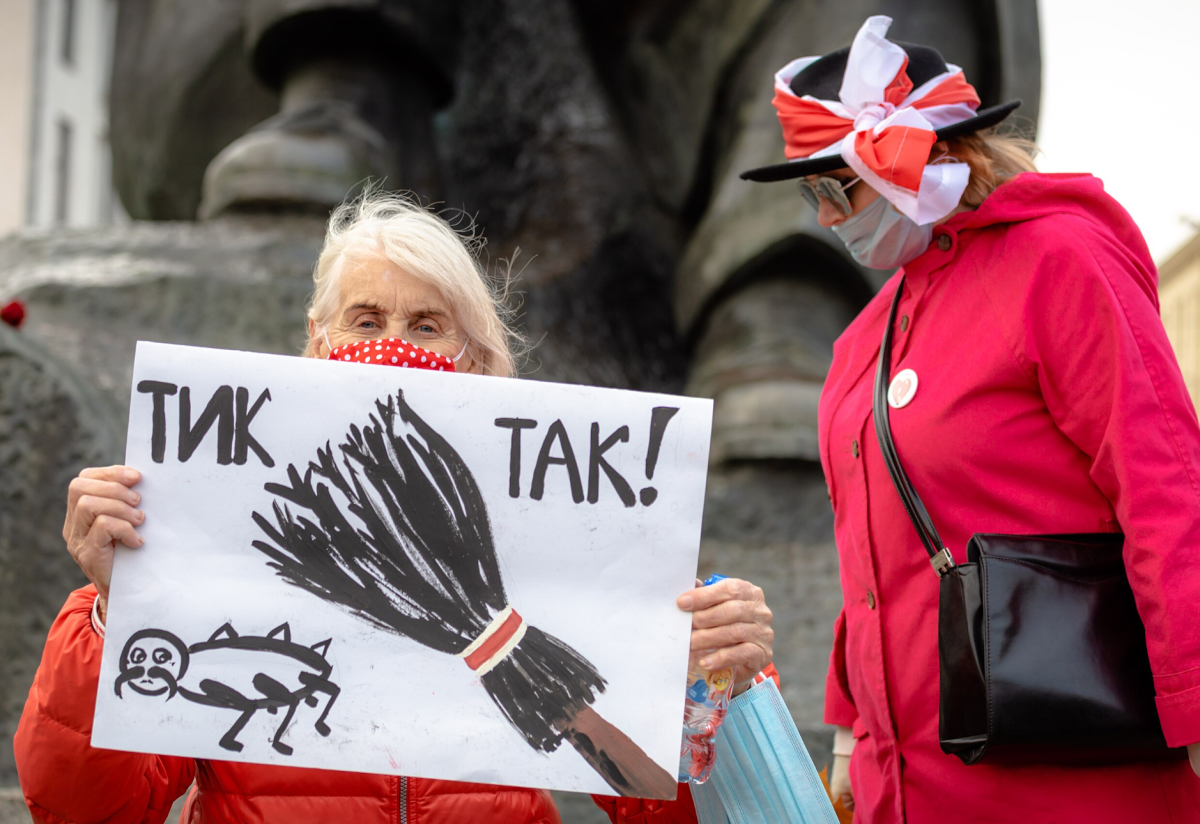
He had announced his candidacy and compared Lukashenko to a cockroach that needed to be squashed with a slipper. That is why the Belarusian revolution was also called the “slipper revolution” for a while. Such rhetoric did not go down well with the authorities.
Tikhanovskaya found refuge in Lithuania, along with many other leaders of the Belarusian opposition. Five years later, Tikhanovskaya regularly meets with leading European politicians as if she were the president of Belarus. Many politicians and commentators in Europe and the US refer to the Belarusian opposition as a government in exile, as if it were the true and legitimate government of Belarus.
And on August 9, 2025, the European Union and large sections of the mainstream media in Europe and America commemorated the anniversary of the failed Belarusian revolution. The message was clear: the struggle continues. We will not give up. In a joint statement, the EU High Representative for Foreign Affairs and Security Policy and Vice President Kaja Kallas and Enlargement Commissioner Marta Kos said: “We stand in full solidarity with the Belarusian people. (...) The EU will support the Belarusian people on their path to democracy for as long as it takes.” The EU also stated that since 2020, it had “mobilized €170 million to support Belarusian civil society, independent media, and victims of repression.”
Belarus may mean little to the majority of European citizens. But the country clearly plays an important role in the future plans of the Western establishment. The battle for Belarus as a strategic country in the geopolitical rivalry with Russia continues — similar to what once happened in Ukraine before 2014.
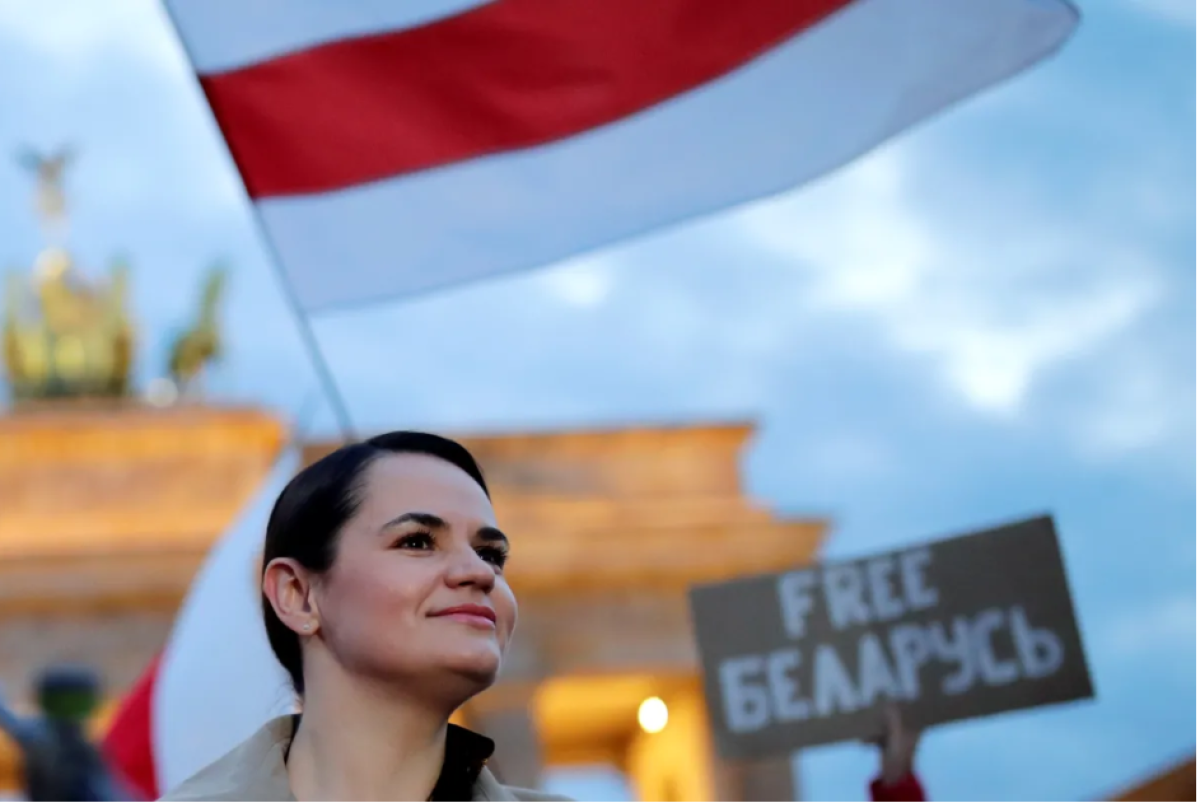
In an article recently published in the renowned US magazine Foreign Affairs, Tikhanovskaya wrote:
"From outside the country, my colleagues and I are working to liberate our homeland. We have formed a government in exile, staffed by Belarusian activists and defectors from the regime, ready to take the lead in rebuilding the country. We have established formal relations with American and European officials. Many countries now see me as the legitimate leader of Belarus."
Svetlana Tikhanovskaya
But while those abroad dream of a spectacular comeback, in Belarus itself there is little left of the revolutionary spirit of that time. The atmosphere in the capital Minsk, a city with two million inhabitants, and in other cities across the country is as calm as can be. Against the backdrop of the war in Ukraine, the people of Belarus are above all grateful that their country has been able to avoid direct confrontation with Russia. There were no protests during the elections in January this year. But the West does not seem to be interested in that at all.
Belarus as a buffer state
If someone had predicted five or ten years ago that Europe's future would depend on Ukraine, they would probably have been ridiculed or, at best, ignored. In 2025, it seems obvious that Europe's fate depends on the outcome of the war in Ukraine — a war whose end, despite numerous predictions, remains uncertain.
The Belarusian case is similar to that of Ukraine. Today, Belarus is a close ally of Russia. But will this remain the case? Is this a strong and eternal union, or are there tensions? Belarusian identity is complex and the product of a long history. Many people in Belarus feel connected to Russia — both historically and culturally. But that was also the case in Ukraine until a few years ago. In Belarus, too, a large part of the population is aware of the country's history before 1772, i.e., before the first partition of the Polish-Lithuanian Commonwealth, as a result of which large parts of present-day Belarus came under the rule of the Russian Tsarist Empire.
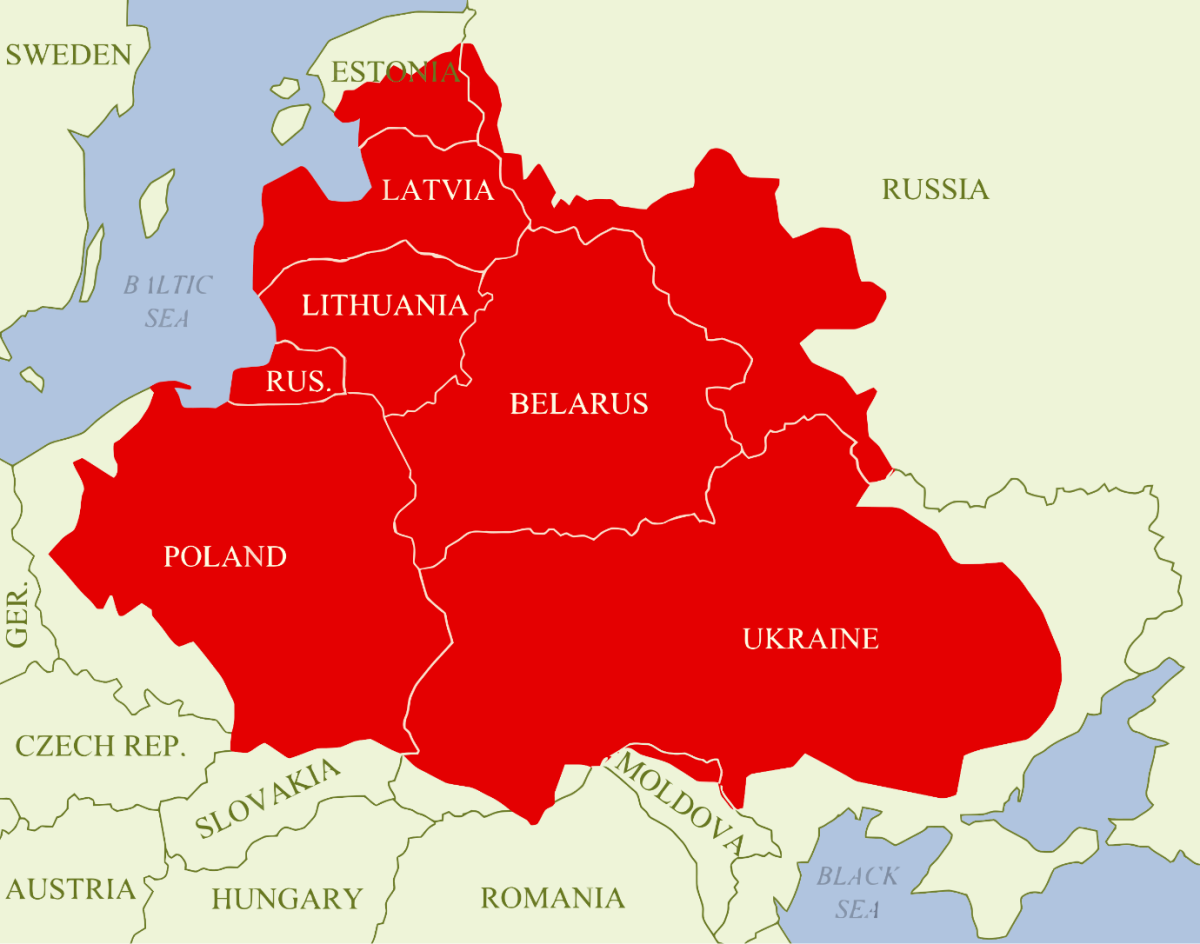
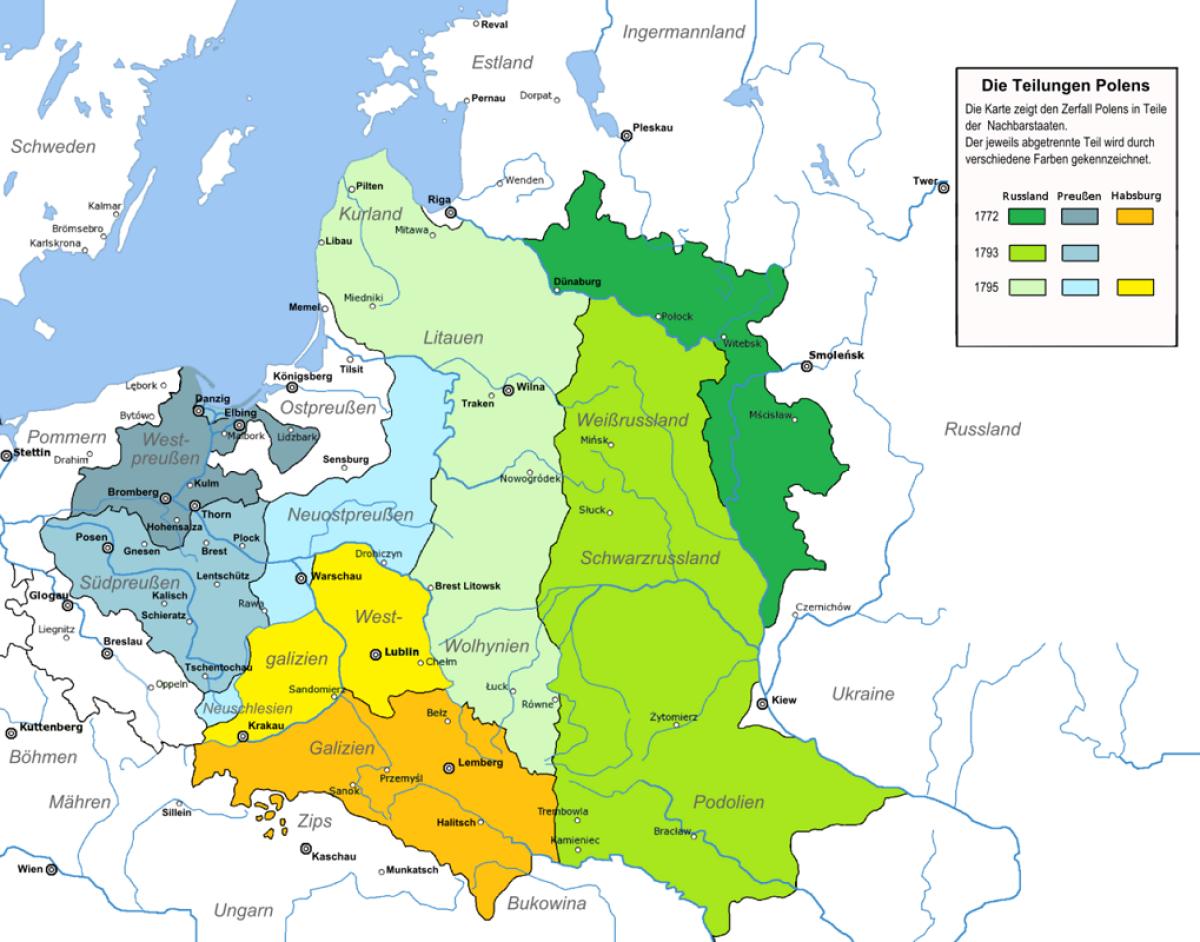
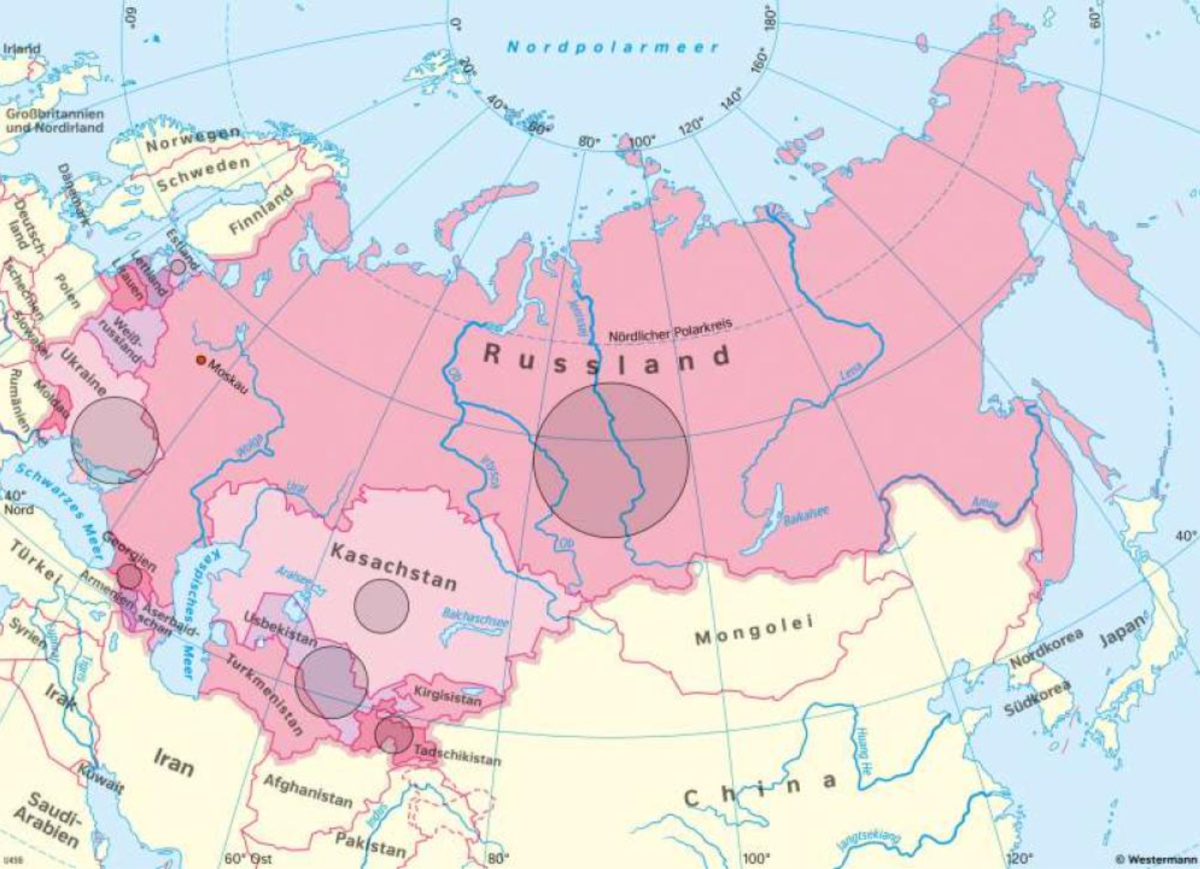
After the collapse of the Soviet Union, Belarus spent decades trying, with varying degrees of success, to maintain a balance in its relations with the West, Russia, and China. After the 2020 elections, relations with Europe and the US broke down, and after 2022, they certainly did not improve.
Today, Belarus is commonly regarded as a satellite state of Russia, a country with which Belarus shares historical, cultural, and economic ties. However, the relationship between Russia and Belarus is not merely one of subordination, and most Belarusians—even those simplistically labeled “Russophiles”—are aware of and proud of their own national heritage. Belarus has never been merely an appendage of Russia, and Europe has repeatedly attempted to detach Belarus from Russia as much as possible.
In Central and Eastern Europe, Belarus occupies a geographically strategic pivotal position between Poland, Lithuania, Ukraine, and Russia. Central and Eastern Europe is a border region that has absorbed and reflected various forces for centuries: Germany's drive to the east, Poland's imperial fantasies, and today the enlargement scenarios drafted in Brussels, formalized in the Eastern Partnership, which was initiated in 2009 by the current Polish Foreign Minister Radoslaw Sikorski and his Swedish counterpart Carl Bildt. The Eastern Partnership was intended to bring countries such as Armenia, Azerbaijan, Georgia, Moldova, Belarus, and Ukraine closer to the EU. Belarus withdrew from the initiative in 2021.
Central Europe and geopolitics
At first glance, the term “Central Europe” may seem harmless. Today, it is mostly used as a geographical term or by historians, rather than by respected political scientists, who now divide the world almost exclusively into “the West” and “the rest”. But the origins of the term “Central Europe” are much more than a mere geographical label: they reflect geopolitical ambitions, hegemonic aspirations, cultural projects, and strategic repositioning.
In the early 19th century, the term first appeared as a reference to the “space between West and East”, but it was only on the eve of and during World War I that it took on its deepest meaning: Central Europe was to become a project of economic and cultural integration dominated by Germany. At the beginning of the 20th century, the idea of Central Europe fluctuated between liberal impulses, hegemonic ambitions, and nostalgic narratives. Later, geographers and geopoliticians took up the term again and defined the region as a strategic field of conflict, especially between Germany and Russia.
A particularly well-known version of Mitteleuropa (Central Europe) was advocated by the German politician Friedrich Naumann.
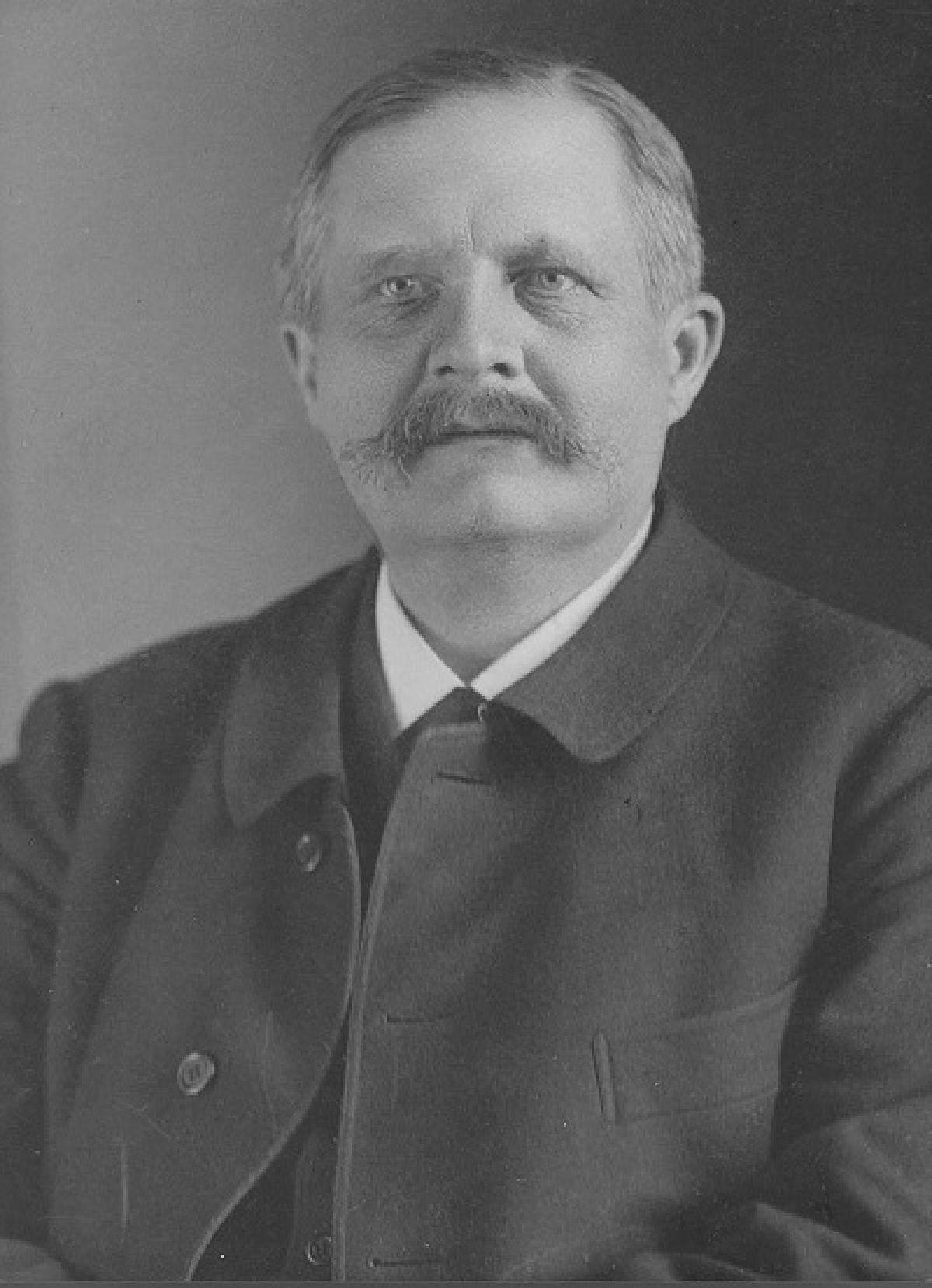
In his book "Mitteleuropa", published in 1915, he outlined a vision of a Central European bloc led by Germany with integrated markets and shared infrastructure.
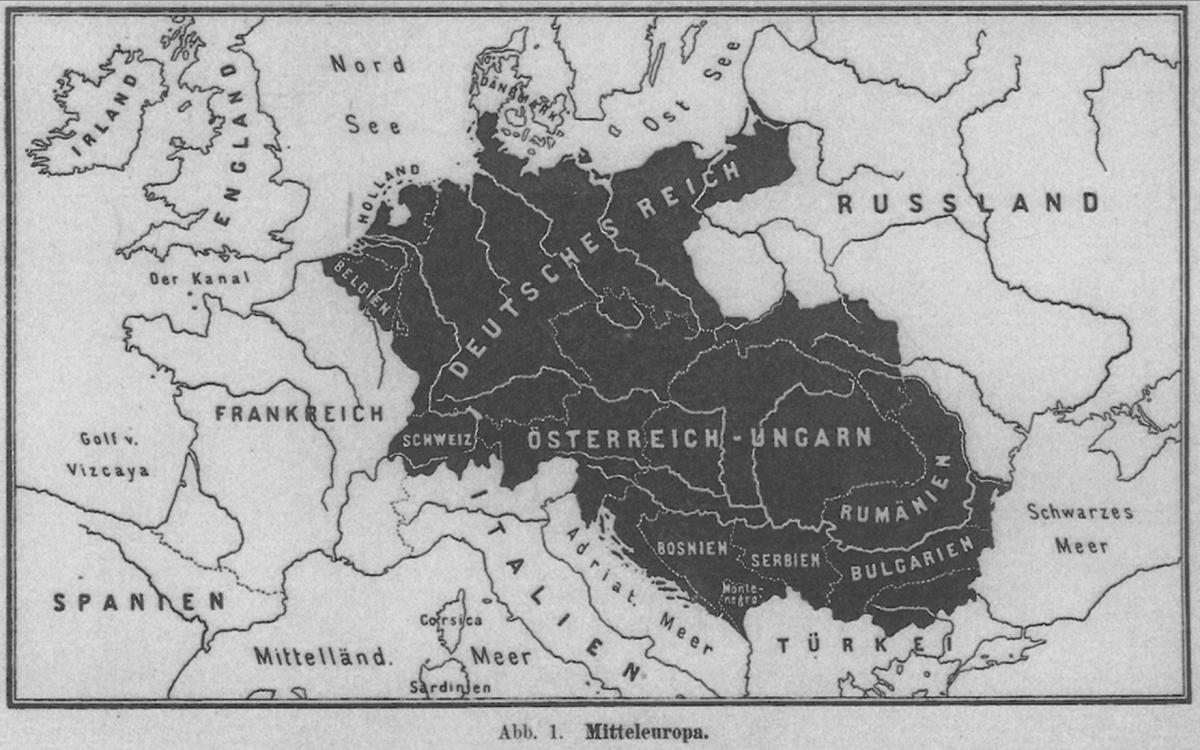
Naumann, a Protestant pastor and liberal, founded the National Socialist Association in 1896, which combined liberalism, nationalism, and social Protestant ideals. Its goal was social reform and the avoidance of class conflicts. Today, the FDP (Freie Demokratische Partei - Liberal Democratic Party) foundation in Germany is named after Naumann: the Friedrich Naumann Foundation.
Naumann was often seen as an advocate of German nationalism with militaristic and expansionist traits, influenced by his idea of Central Europe as a cordon sanitaire between Germany and Russia, economically and politically subordinate to Germany.
Naumann shared social Darwinist ideas and the concept of the Volksgemeinschaft (people's community), as did other prominent intellectuals and politicians of his time, such as Max Weber, Lujo Brentano, Hellmut von Gerlach, the young Theodor Heuss, and Gustav Stresemann.
The idea of a modern Belarus first emerged in 1918 with the initial German occupation. With the collapse of the Tsarist Empire, the White Ruthenian People's Republic was proclaimed in Minsk—a short-lived state tolerated under German military protection following the Treaty of Brest-Litovsk, but soon overwhelmed by civil war and Soviet restoration. Nevertheless, 1918 left two lasting legacies: the exile Rada and the national symbols of the white-red-white flag and the Pahonia coat of arms, which were revived after 1991 and again in the protests of 2020. Today, Belarus has two flags representing two competing national identities: the red-green state flag with traditional ornamentation, reminiscent of the Soviet era and the social contract after 1994, and the white-red-white flag, which establishes a connection to 1918 and questions the historical continuity of the state.
During World War II, German expansion into Belarus brought occupation, exploitation, destruction, and genocide—but also limited gestures of controlled cultural recognition, as in Ukraine. After the occupation of Belarus in 1941, Germany established the “General District of White Ruthenia” in the Reichskommissariat Ostland, headed by Wilhelm Kube.
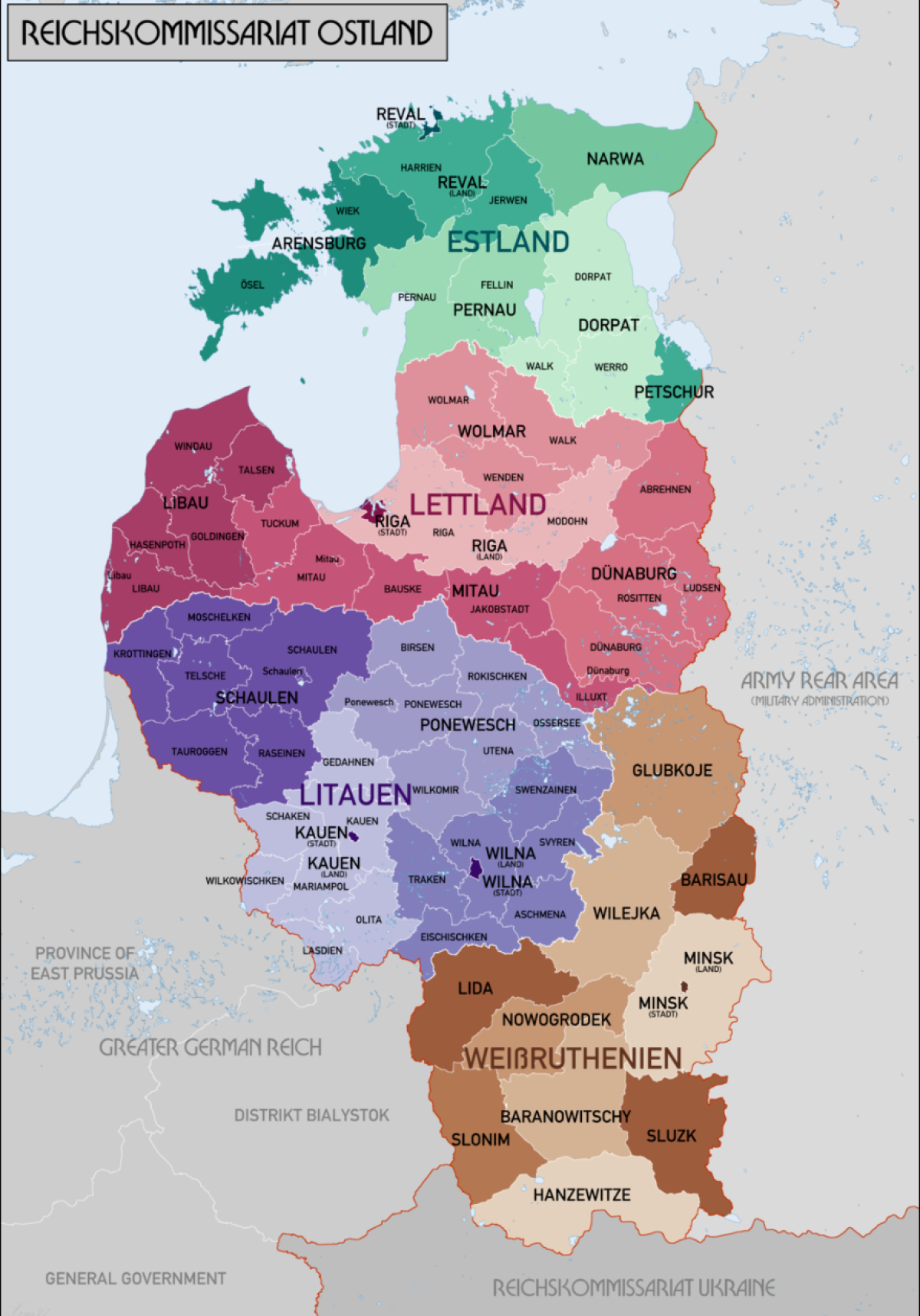
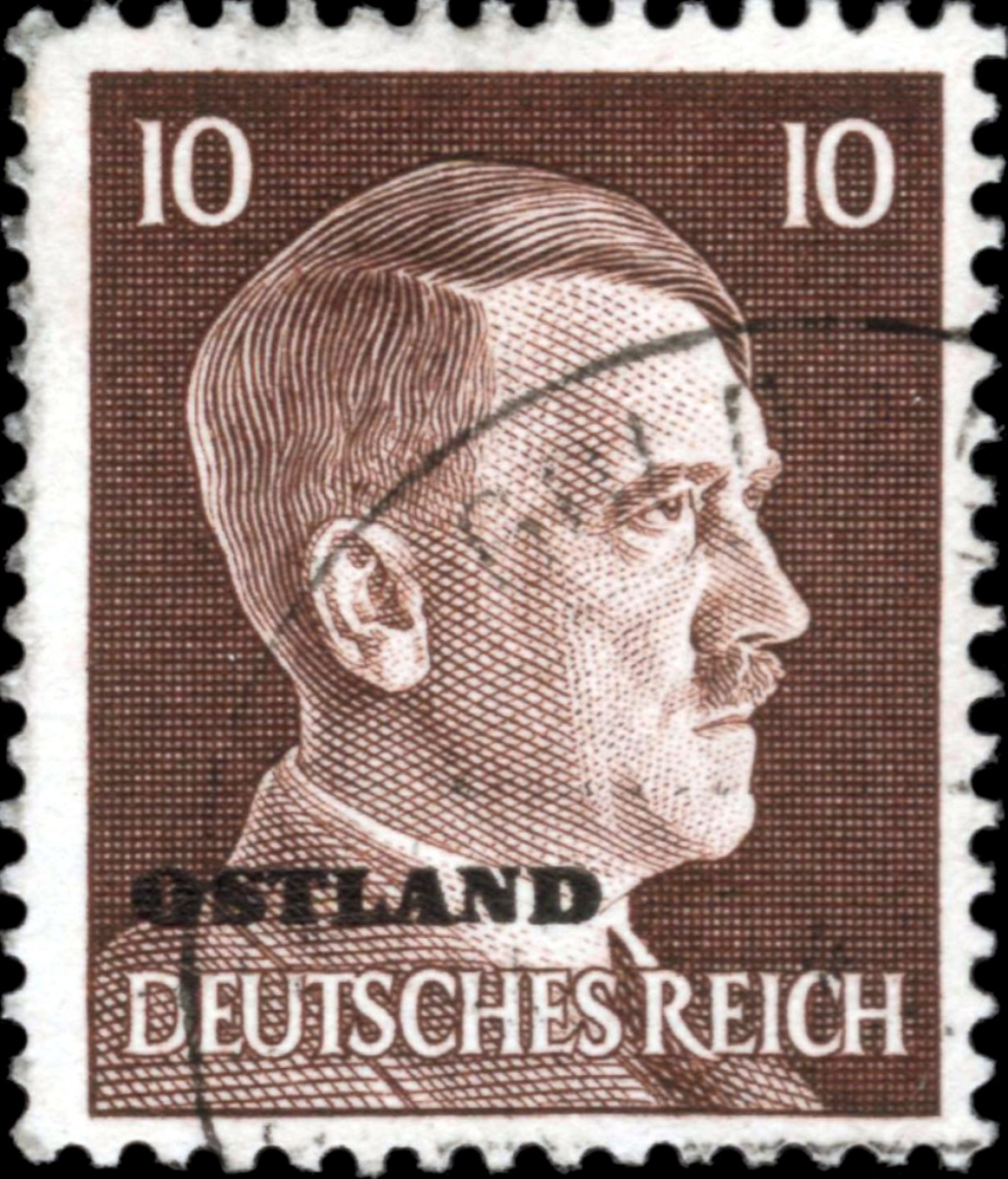
Under German occupation, the White Ruthenian Central Council was formed in 1943 and granted limited cultural and educational autonomy: more Belarusian in everyday life, promotion of civil society organizations, establishment of a university, restoration of an independent Orthodox Church. The German-controlled Belaruskaya Gazeta was also published in Belarusian between 1941 and 1944 as a propaganda tool.
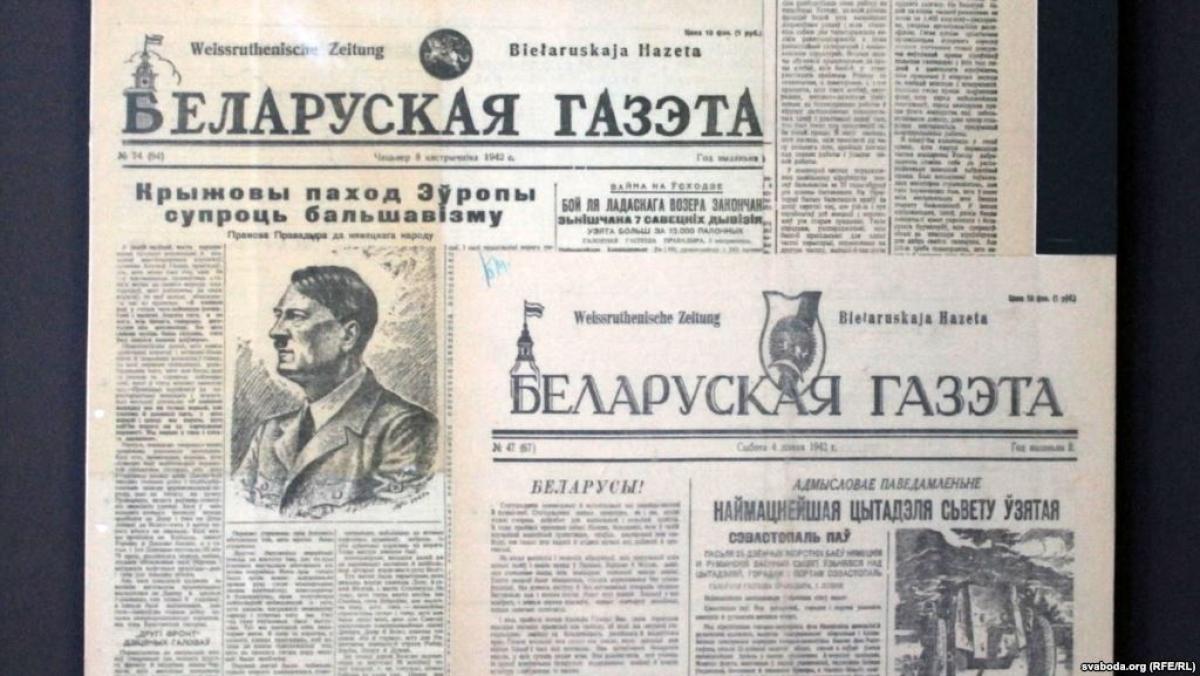
Belarus today
Geographically, Central Europe has always been thought of as the hinge of land and sea corridors connecting the continental core with the Baltic Sea, the Black Sea, and the Mediterranean; whoever controls these corridors gains strategic leverage over trade, energy, and transport. This was precisely the logic behind economic integration projects during World War I, as well as German geopolitical ambitions: control of railway junctions, energy routes, and communication lines meant projection and political strength. Today, this concept translates into real politics: energy corridors (gas and oil pipelines), railway lines (including China-Europe corridors), transnational industrial parks, and customs agreements.
Belarusian President Lukashenko is often described in Western media as a Kremlin puppet. But he is very much his own man and has criticized Russia in the past, sometimes even vehemently. The common framing of “authoritarianism versus civil society” is not enough to understand the political situation in Belarus. In 1994, Lukashenko became president of a country that was suffering greatly after the collapse of the Soviet Union. Law and order had completely collapsed. Armed gangs controlled large sections of the highways and attacked trucks, especially on the route from Brest to Minsk, which leads on to Russia. Lukashenko quickly restored order, even using draconian measures. Hardly anyone in Belarus feels nostalgia for the chaotic early years after 1991.
Formally, Belarus and Russia have been part of the Union State since 1999—a kind of confederation that was never fully implemented. Despite close economic and political ties, Lukashenko always insisted on his country's independence. The West also repeatedly sought rapprochement whenever tensions with Russia arose. But the West's unconditional support for the opposition in 2020 inevitably pushed Belarus into Russia's arms. For years, Belarus refused to allow the permanent stationing of Russian troops. But in February 2022, thousands of Russian soldiers marched into Ukraine from Belarusian territory. Today, however, Belarus is not directly involved in the war and is trying to maintain a neutral stance despite its alliance with Russia. The first peace talks in 2022 took place in Belarus, as did the Minsk talks on Donbass in 2014 and 2015.
At the Asian level, Belarus became the first European state (excluding Russia as a Eurasian country) to become a full member of the Shanghai Cooperation Organization in July 2024. Belarus is thus signaling its willingness to build diplomatic and logistical redundancies towards the East. The aim is to shield supply chains, finances, and insurance from Western sanctions via Eurasian platforms.
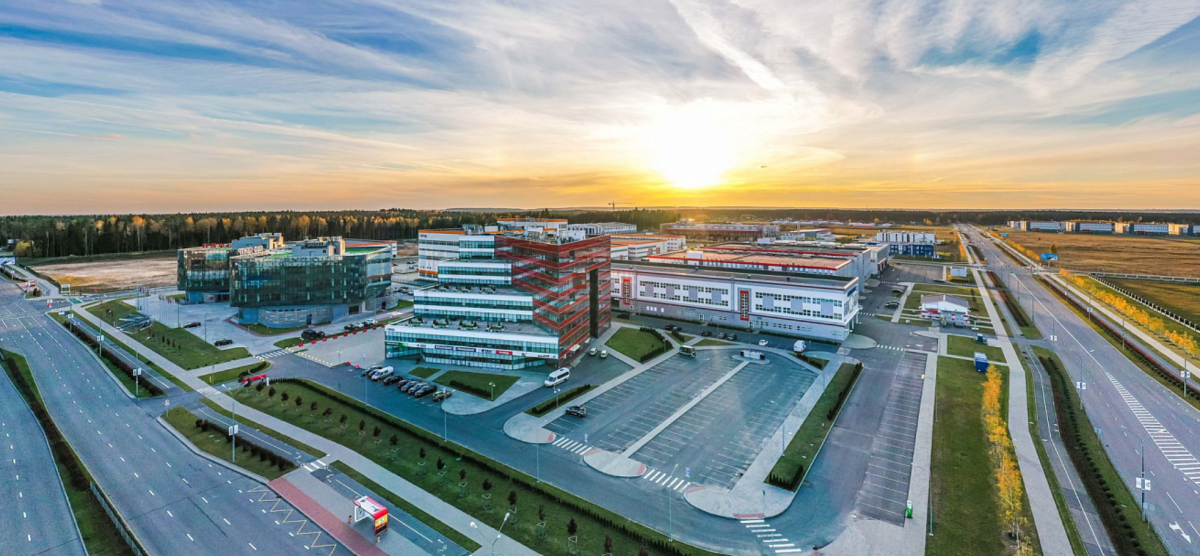
The industrial flagship of this strategy is the China-Belarus Industrial Park “Great Stone” near Minsk, the “jewel of the Silk Road.” With over a hundred companies, it serves as a center for research, light industry, and logistics between the Eurasian Economic Union (EAEU: Russia, Belarus, Kazakhstan, Armenia, Kyrgyzstan, Moldova has observer status) and the EU. This is the Belarusian version of a “sanctions-resistant” geo-economy: attracting non-Western capital and technology and basing growth on East-West and North-South corridors that bypass NATO-controlled ports.
The military aspect
The 2021 migration crisis on the borders with Poland and Lithuania hardened Warsaw and Vilnius' positions toward Belarus and extended the conflict dynamics beyond Ukraine. Today, Belarus' western border is one of the most heavily militarized in Europe. Once upon a time, there was the Fulda Gap, the most famous flashpoint of the Cold War, where NATO planners anticipated a Soviet tank attack on West Germany.
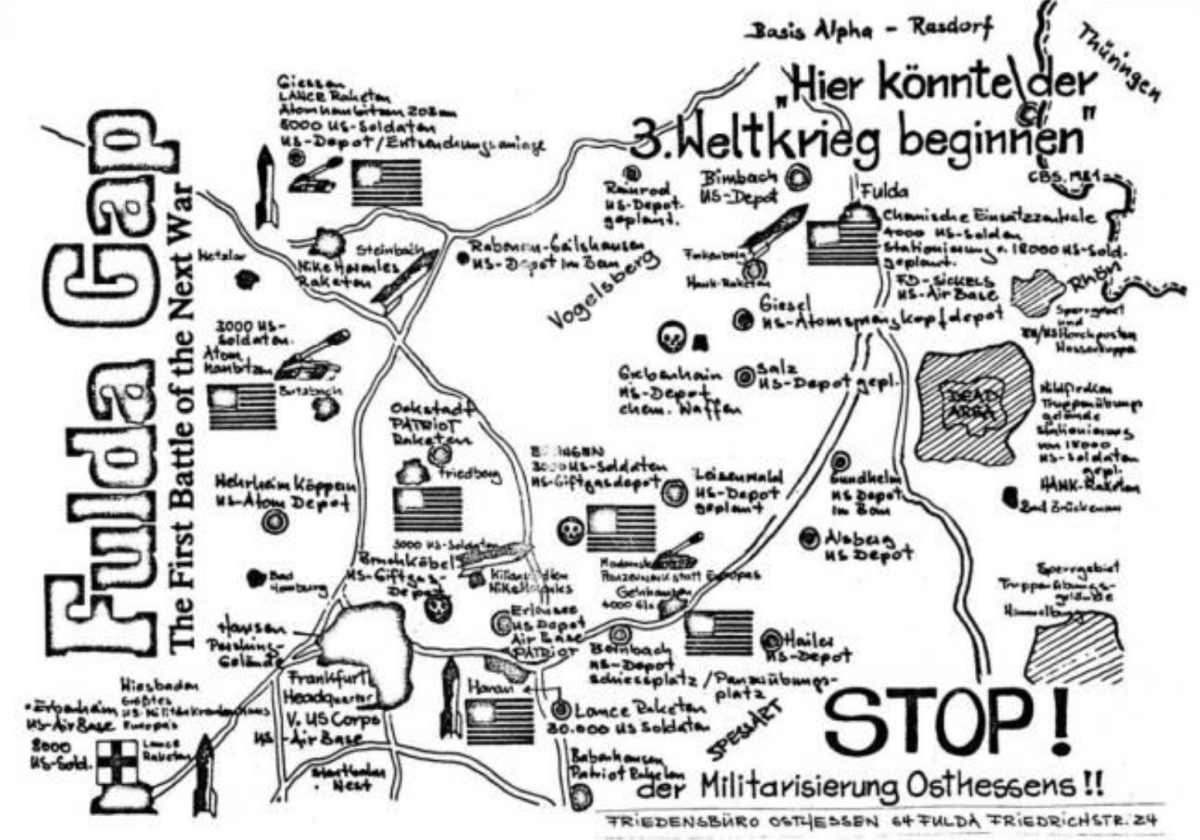
The Fulda Gap symbolized the fear of a sudden escalation in Europe. But the Soviet tanks never came. Today, this role is taken over by the Suwałki Gap, a narrow strip of land between Poland and Lithuania that separates the Russian exclave of Kaliningrad from Belarus. Strategists in Washington and Brussels often refer to it as one of the most dangerous places in the world — a potential trigger for a major war.
However, the likelihood of conflict must be assessed with caution. The risks are real and should not be ignored, but they should not be exaggerated either. The Baltic states view the combination of the Astravets nuclear power plant and Russian tactical nuclear weapons stationed in Belarus as a double strategic threat, while Warsaw increasingly sees its entire eastern flank as a “security belt”. Much like the Fulda Gap in the first Cold War, the Suwałki Gap is as much a symbol as it is a potential battlefield: an instrument of psychological pressure and a focus for military exercises and worst-case scenarios. Its danger lies not only in tanks or missiles, but also in the fact that alarmism itself hardens perceptions and narrows the space for diplomacy.
Future scenarios
Meanwhile, there are signs of détente in Belarus. Sergei Tikhanovsky, once Lukashenko's opponent, was recently released and joined his wife in Lithuania. From there, he intends to continue the fight. In an interview with the US magazine TIME, Lukashenko, who will be 75 in five years, stated that he would not run for re-election. Today, Belarus appears clean and orderly. But Lukashenko's departure could expose divisions in society that external actors will try to exploit — as they did previously in Ukraine. What began there as a regional dispute in a distant country led to the biggest war in Europe since 1945 — a conflict that could escalate even further. Unfortunately, the same could happen in Belarus. So what scenarios are possible for Belarus in the future?
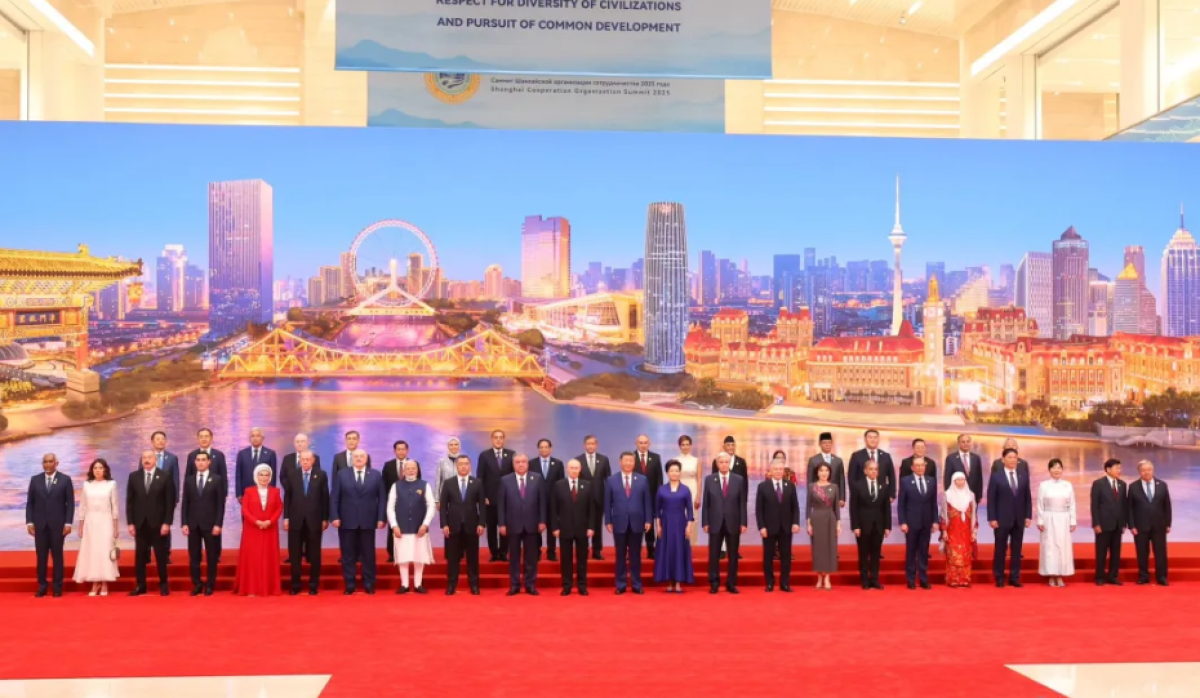
The first is stabilization: Belarus continues to monetize its integration with Moscow, uses the Shanghai Cooperation Organization (SCO) and the EAEU to circumvent bottlenecks, and consolidates the Astravets nuclear power plant and logistics corridors to Asia. This is the most likely development in the short term—especially as long as the war in Ukraine keeps strategic entropy (uncertainty and disorder in the geopolitical situation) high in the region.
The second scenario is normalization in the sense of a “bridge”, but this seems unlikely at present: Minsk is attempting to reopen technical channels with the EU on “neutral” issues (nuclear safety, health, customs) by gradually trying to mitigate some sectoral sanctions through border guarantees and symbolic de-escalation. However, this path would require credible European incentives and reconciliation with the political diaspora — both of which are a long way off today.
The third scenario is the “succession shock”: Lukashenko's departure in the near future could open up an unstable game between economic elites, security apparatuses, and civil society. Moscow would try to anticipate the outcome within the framework of the Union State, while Washington and Brussels would push to “Europeanize” at least parts of the new leadership. The danger is that without joint guarantees, a new chapter in the proxy war between the West and Russia will begin.
«Belarus from a geopolitical perspective»